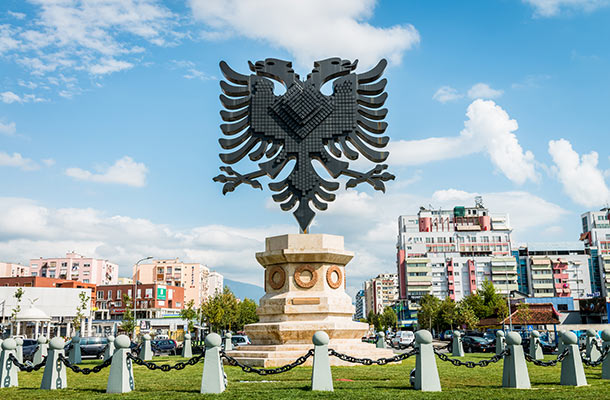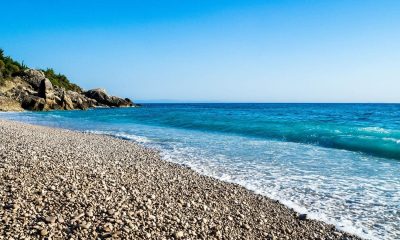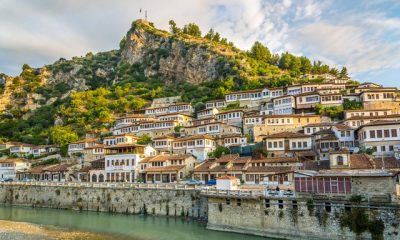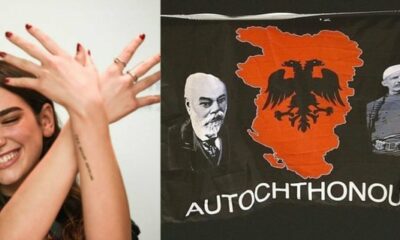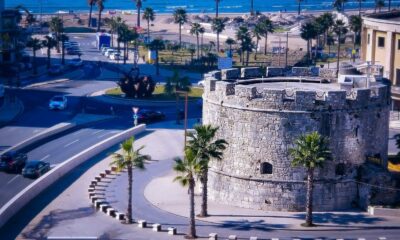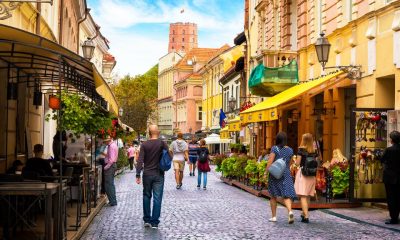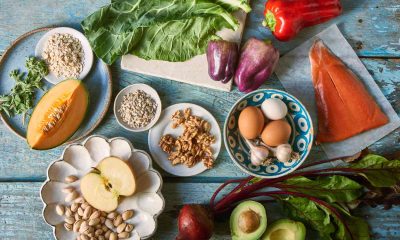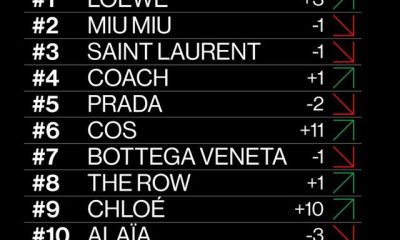Mix
Why you should visit Albania in 2023
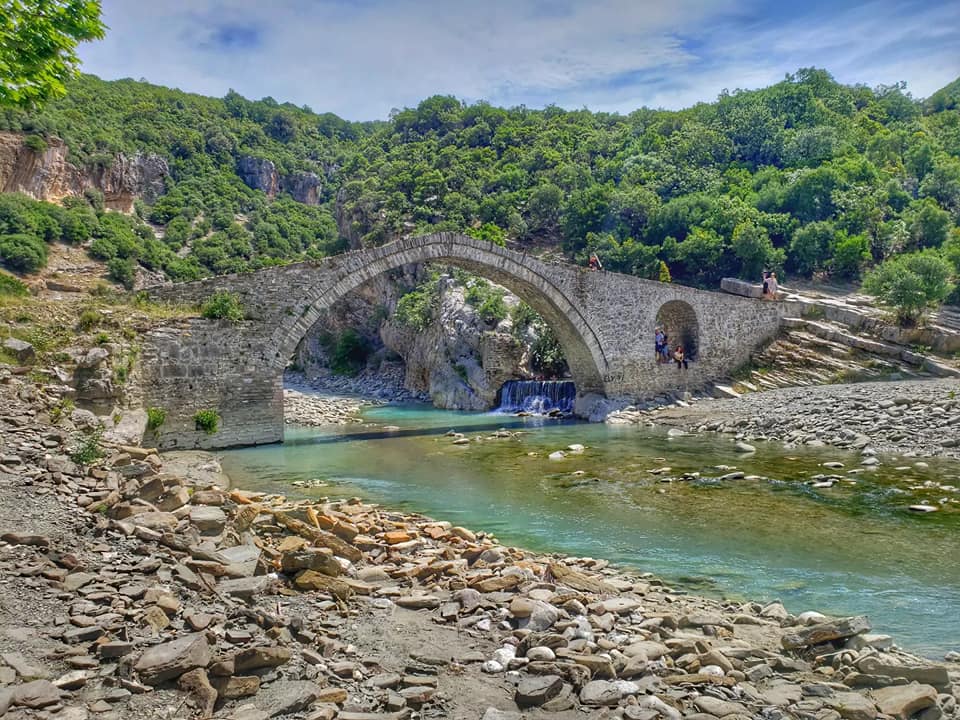
Nestled on the Balkan peninsula in the heart of southeastern Europe, Albania is a must-visit destination for tourists looking for value for money, Instagram-worthy sights, and an off-the-beaten-track experience. A country that was closed to the world just over 30 years ago has blossomed and is welcoming an increasing number of visitors keen to explore its unique culture and traditions while enjoying sun, beaches, and great food.
I came to Albania for a long weekend in 2017 and never left. When I landed at Tirana International Airport, my limited knowledge of the country was based on negative reports in the media and a certain Hollywood film. Five years later, having travelled extensively throughout the county, I feel I have only just begun to scratch the surface of what it offers.
Albania is unlike anywhere else, and there is something for every kind of tourist. Not only that, but the prices are far below many of its European competitors, such as Greece, Italy, and Spain.
The capital Tirana is a fascinating mix of fascist-era Italian-style buildings painted in bright hues of yellow and pink, mural-covered communist era apartments, and men drinking coffee and playing dominoes in the streets.
But the real beauty of Albania is to be found outside the cities. Vast mountain ranges run from north to south like a craggy spine with azure rivers winding through their vast canyons. So immense is this scenery, juxtaposed with white sandy beaches, groves of olive and fruit trees, and quaint stone villages, that it inspired many creatives, including Edith Durham, Edward Lear and Lord Byron, to document their experiences.
Albanian writer Ismail Kadare once said that “an Albanian’s house is the dwelling of god and the guest” as a nod to the warm welcome offered to anyone that visits.
Explore some of its 158 castles, eat crispy, warm byrek washed down with dhalle, stop by the islands of Ksamil, climb the cobbled streets of Gjirokaster, admire ancient amphitheatres, dally in the vineyards at sunset, and drink the best coffee this side of Rome.
What to do
Tirana International Airport is 40 minutes from the city and is served by busses and taxis. You need one to two days to explore and most sights are accessible on foot or by walking tour. While in town, visit the House of Leaves and Bunkart 1 and 2, which provide a harrowing look at the rule of dictator Enver Hoxha.
Explore the National Museum for a dose of history, followed by Lake Park, the Castle of Tirana, the Dajti Cable Car, and the Tirana Zoo. The house of artist Ali Shijaku is also of interest with its traditional interior, floor-to-ceiling artworks, and a cobbled courtyard perfect for drinking coffee in. You will often stumble across exhibitions and open-air performances as you walk around the streets in the evening.
Albania is also accessible via land from Montenegro, Kosovo, North Macedonia and Greece. Once across the border, you need to hire a car or use busses to get to your next destination.
A trip to the remote village of Theth in the northern Accursed Mountains is a must, as is a ferry ride through Komani Lake to stone guesthouses only accessible via the water. Here you can hike or just relax while enjoying fresh Albanian cuisine such as meat baked in yoghurt, bean stews with peppers, or fresh fish served with seasonal salads. In Lezhe and Shkodra, there are opportunities to visit winemakers, potters, and ateliers that hand weave vibrant bolts of fabric from wool and silk.
Along the western coast, you can see Apollonia, a city dating back to the first half of the 6th century BC, or Butrint, a world heritage site where you can walk through thousands of years of Balkan history. Divjake is also a must-see with bicycle paths, lagoons and beaches, pelicans and flamingoes, and a restaurant with a waiter serving all-you-can-eat fish on horseback.
The UNESCO world heritage site towns of Berat and Gjirokastra in the south are unmissable for their Ottoman architecture, castles, and bazaars. In Berat, visit the Solomon Museum, tracing the history of Albania’s Jews, and in Gjirokaster, the historical Skenduli House and the Ethnographic Museum providing unique insight into Albania’s cultural quirks.
Heading off into any of Albania’s national parks, such as Llogara or Valbona, is always an adventure; just watch out for the Balkan lynx, bears, and wolves who frequent them. Here you can walk, bike, horse ride, canoe, wild camp, and even paraglide.
But if you just want to lie on a beach, dip in the Ionian sea, and sip cocktails, you can do it happily on the Albanian Riviera. Stretching from the city of Vlore, right down to Saranda, just across the water from Corfu, it is a mix of whitewashed villages perched on rocky outcrops and glorious beaches that stretch for miles. Amid its winding roads and olive groves, there are opportunities to visit music festivals or see ancient ghost towns such as Tragjas.
Where to stay
You can stay in a traditional stone “kulla” in Bulqize, or yurts and transparent domes in Ksamil, Lukove, and Himare. Alternatively, against the backdrop of the mountains, you are free to pitch your tent just about anywhere.
“Bujtinas” are popular and are found throughout the country. These traditional family-run guest houses serve up candied watermelon (gliko), slabs of goat’s cheese, and stories from years ago. My favourites can be found in mountainous Tropoje and in the remote southeastern town of Voskopoje- both great during the snowy winter months.
Albania is also great for agritourism, with farms offering regular stays as well as wellness, writing, artisan, and yoga retreats. Not only do these provide an authentic taste of Albania, but profits go directly back into the local community.
For those looking for something a bit fancier, there are four and five-star hotels and resorts dotted along the coast, particularly Durres, Himare, Radhime, and Saranda. There are family-friendly resorts, high-end hip boutique hotels, and everything in between. Those looking for something more discreet can rent expansive villas, complete with nearby helicopter pads.
For those on a budget, camping and hostels start at £5 per day, while bujtina’s range between £18 and £80. A decent four-star hotel will set you back under £40 out of season, rising to an average of £50-60 during the summer months.
When travelling in Albania, public transport is restricted to busses and private minibuses between towns. Both can be considered, but taxis operate at reasonable prices, and many drivers moonlight as guides so you can pick up some valuable tips during your journey. There is also the option to rent cars, four-wheel drives, mopeds, and motorbikes.
Don’t miss
Visiting the former communist gulag of Spac near Reps is a sobering experience that will provide some context to the country’s complex past and present.
Further north in Shkoder, I recommend visiting the Venetian Mask factory and a photography museum dedicated to Italian photographer Pietro Marubbi. The city is also home to a castle where a woman named Rozafa was, according to legend, buried in its foundations as a sacrifice by her husband. It sits on the spectacular shores of Lake Shkodra and is framed by the rolling majesty of the Albanian Alps.
In Tirana, you can visit the non-profit Fundjave Ndryshe centre just outside the city to enjoy fine dining, including raw seafood marinated in lemon juice, pasta and risotto with locally grown truffles and a wide selection of Albanian-style mezze. The best part is that the money you spend is directly ploughed back into the cause.
Ardenica Monastery in Fier County is reported to be where Albanian hero Gjergji Kastrioti Skanderbeg got married, but it was once repurposed as a nightclub for the communist elite. Nearby are cantinas and agritourism farms where you can sample all the finest local delicacies like goat cooked on a spit, fine wines, and raki infused with locally grown herbs.
Last but not least, you can trace Europe’s last wild river, the Vjosa, through the country, stopping at towns and villages on the way. Start in Permet, famous for hot springs and roses, and head to Tepelene, the birthplace of the great Ali Pasha, before continuing to Vlora, where the Adriatic meets the Ionian sea.
The best travel advice I can give while visiting Albania is to leave preconceptions at the boarding gate. Just don’t forget your travel insurance. While Albania is safe with low levels of crime, be prepared in terms of healthcare coverage and in case of any accidents.
Currency
Albanian Lek (ALL)
Best time to visit
The best time to visit Albania is spring and autumn are perfect for those looking for a more active or cultural experience, while June to September is ideal for beach lovers and sun seekers.
FAQs
Is Albania expensive?
Albania is a low-cost destination where you could get by on £20 a day or less, including camping or a hostel, great Albanian food and even a glass of wine. Food, drink, and transport is at least half the price of the UK, while entrance to the sites is either free or equivalent to a pound or two.
How many days do I need in Albania?
A weekend is enough if you are looking for a quick city break. For a beach holiday, you should aim for a week. But if you want to explore the history, culture, and outdoor activities, you will need longer.
What is the best month to visit?
Albania is a versatile, all-year-round destination with more than 300 days of sunshine a year, but the best month to visit is June before it gets too hot and the beaches are less busy.
/The Balkanista!


